Concrete Homes Benefits For Residential Housing

The idea of concrete homes may drum up images of factories and war bunkers, but modern designs look just like any other stick-built home. Solid and durable, concrete homes can be constructed using a variety of methods, and they offer benefits that traditional homes can’t beat.
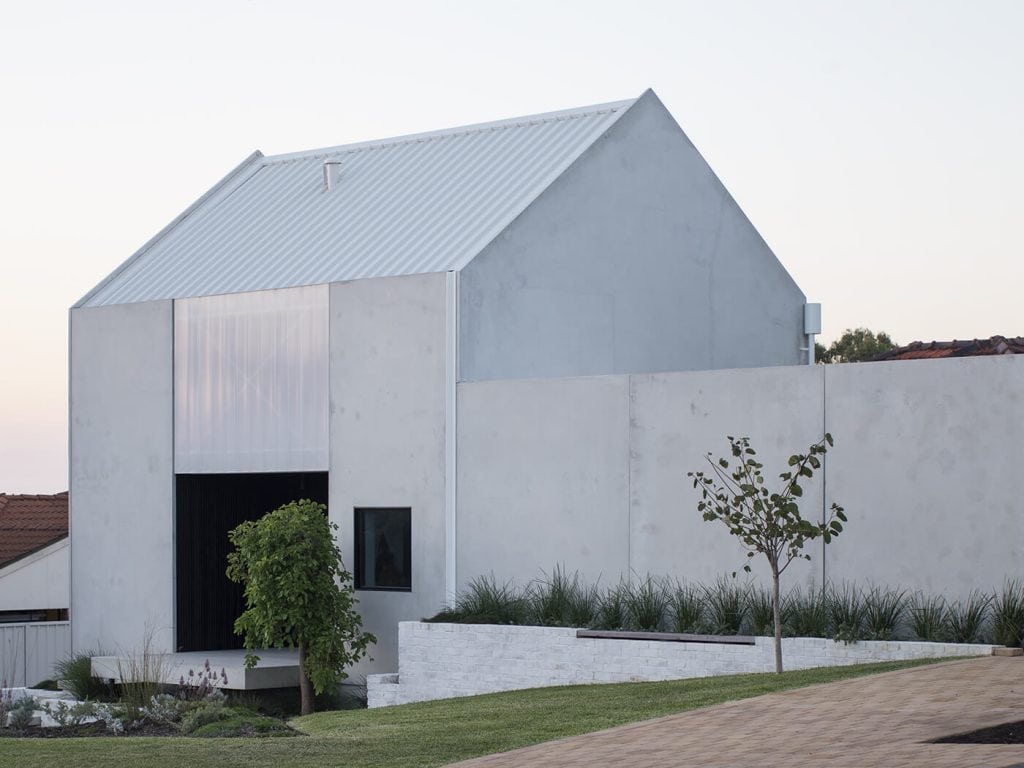
Key Benefits of Concrete Homes
Concrete homes offer some powerful benefits that can’t be ignored in today’s unpredictable environment. When natural disasters strike, concrete homes may be the only ones left standing. This is actually what brought our attention to alternative housing construction methods. After Hurricane Florence hit us in North Carolina, the conversation quickly turned into how to rebuild smarter as we brace for the next round of hurricanes…
Here’s what these homes have to offer:
#1 – Hurricane Resistant
Concrete homes can withstand 250-mile-an-hour winds and can take a hit from wind-borne debris. That makes them the ideal home option for hurricane- and tornado-prone areas.
The storm resistance offered by concrete homes is its number one selling point.
For those re-building after a hurricane, concrete homes are a practical option. They provide the strength and durability needed to withstand future storms, so homeowners can continue living in the coastal areas they love.
The strength of a concrete home will also help you save on insurance costs, as the risk of the home being destroyed by a natural disaster is much lower.
#2 – Energy Efficient
An energy efficient home is not only less expensive to maintain, but it’s also better for the environment.
In warm, tropical environments, the thermal mass of concrete walls and tight joint seals keeps air-conditioned air inside and extreme temperatures out – where they belong.
Thermal mass keeps room temperatures cooler during the midday and early afternoon, and warmer in the later afternoon and early evening hours. Because concrete is dense and heavy, it absorbs and stores more heat.
Concrete homes are especially energy efficient if they are built to allow an abundance of natural light inside. When the sun shines into a room and the air is warm, the walls, floor and other concrete surfaces in the room will absorb that heat.
All of this adds up to lower heating and cooling bills for you all throughout the year.
#3 – Durability and Fire Resistance
Concrete has a number of advantages when it comes to durability. For starters, concrete doesn’t harbor any pests and you never have to worry about rot that can cause the home’s frame to deteriorate.
And if there’s a fire, there’s no need to worry about the concrete burning or spreading the fire.
Concrete buildings have a life expectancy of centuries. The Romans had their own form of concrete, and many of their structures still stand today – more than a thousand years later.
#4 – Green Construction
Concrete homes are more energy efficient, but they’re also green in other ways. These homes conserve resources because they use fewer wood products. Lumber is typically only incorporated into the home for interior framing.
On top of all of this, concrete promotes healthy indoor air quality. These homes have fewer air-borne allergens, contaminants and molds than stick-built homes.
Additionally, concrete homes can often be built to look like their stick-built counterparts. For those who aren’t fans of modern architecture, this may be an attractive selling point.
Concrete Homes Gallery
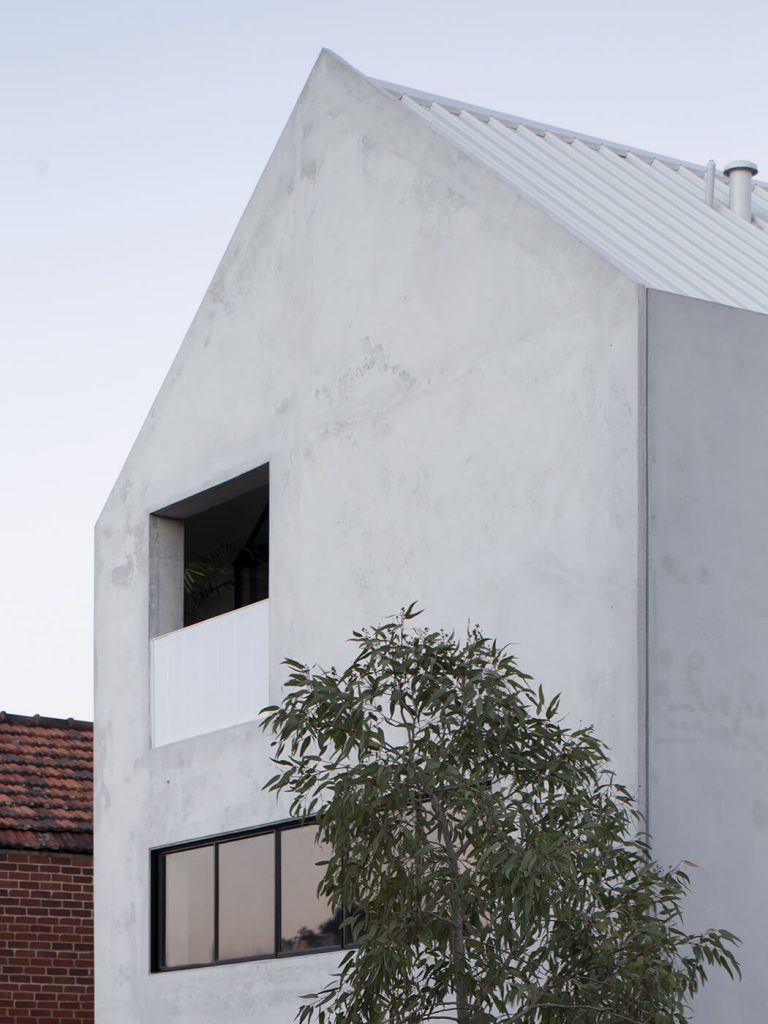

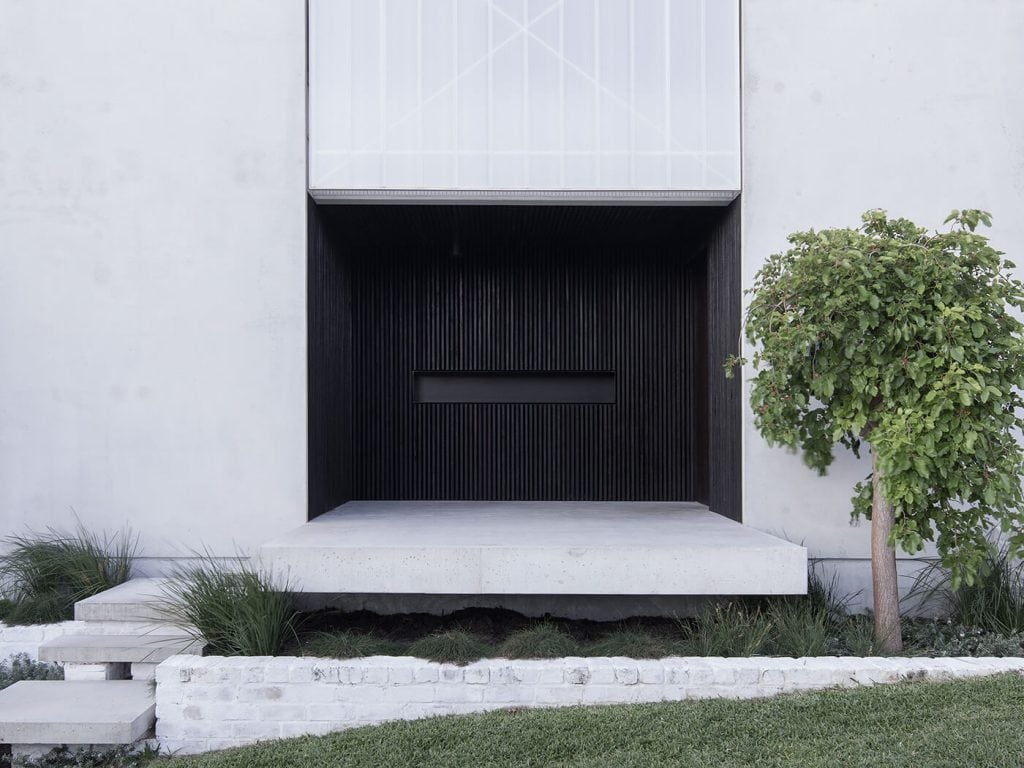
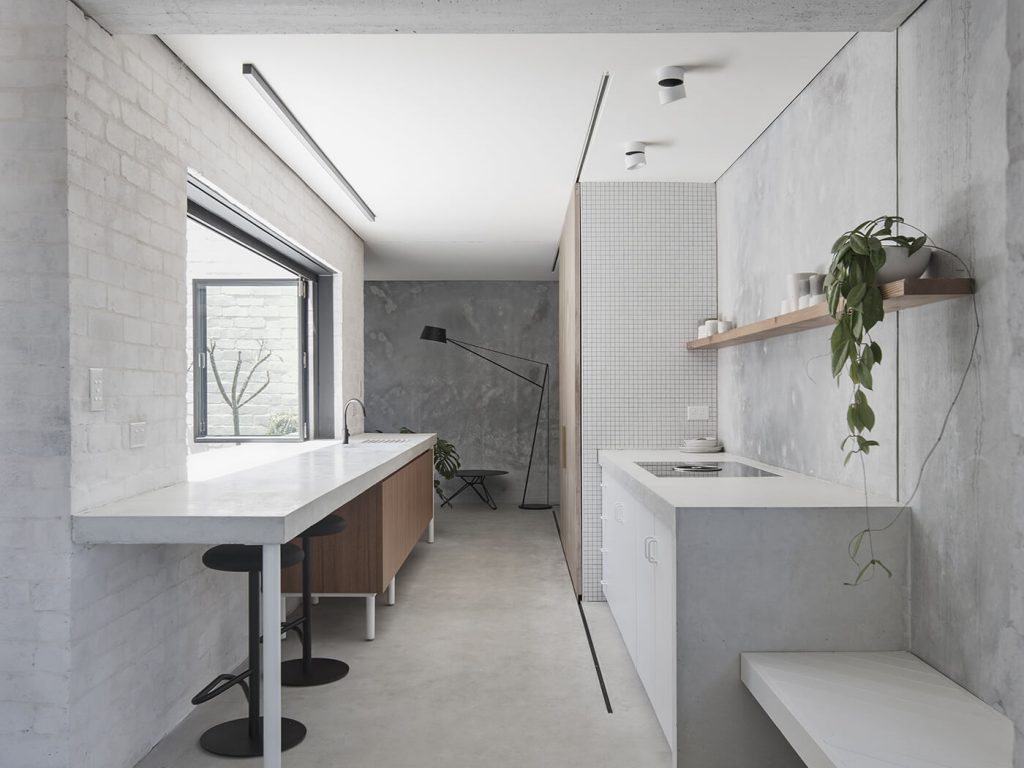
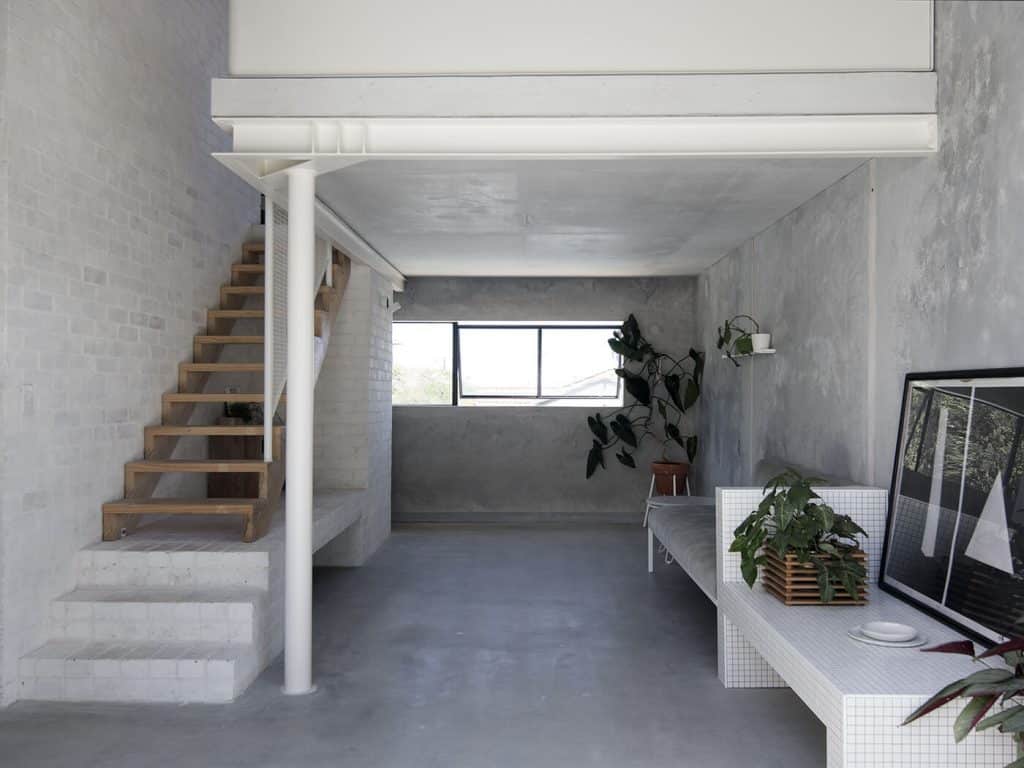
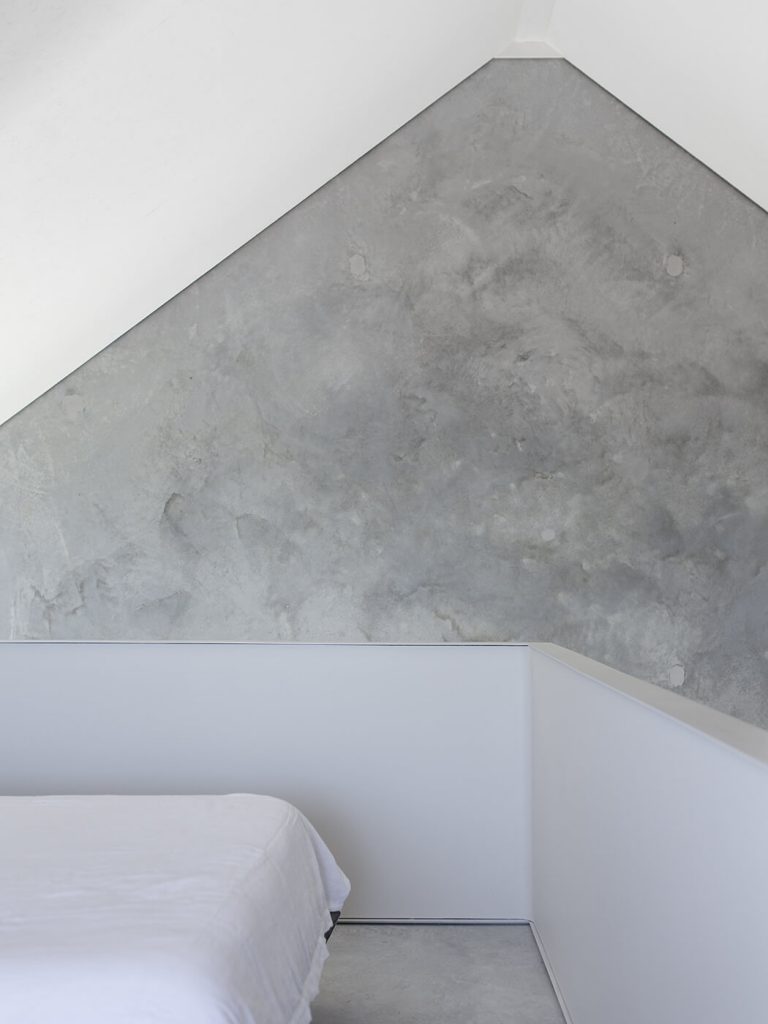
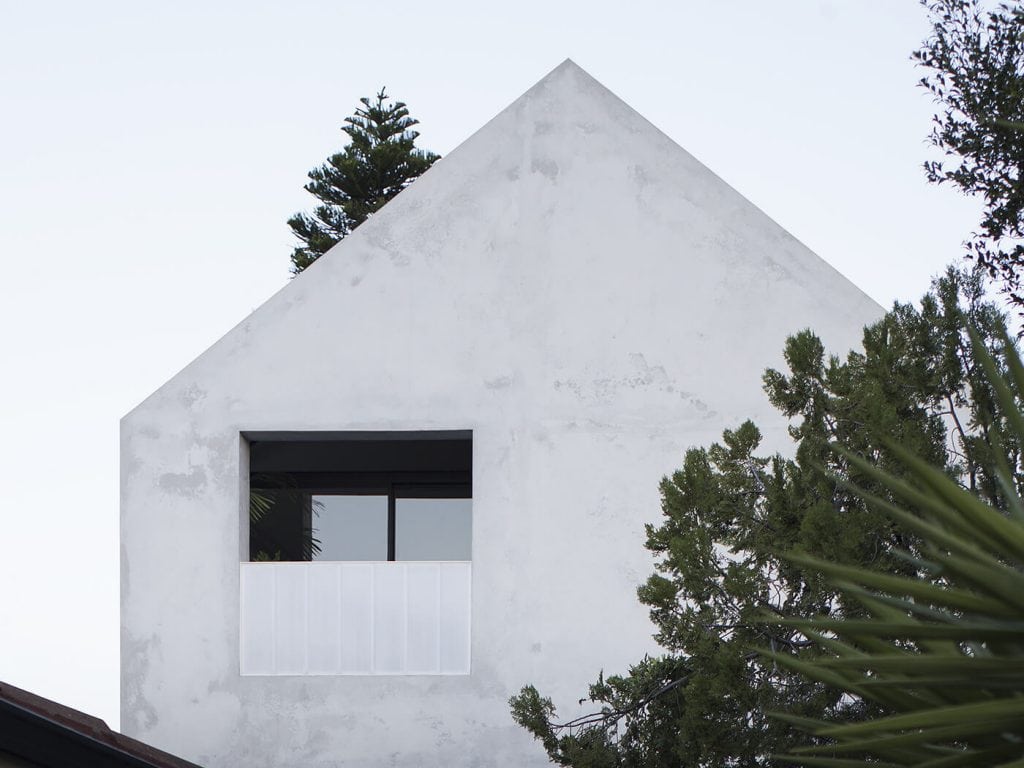

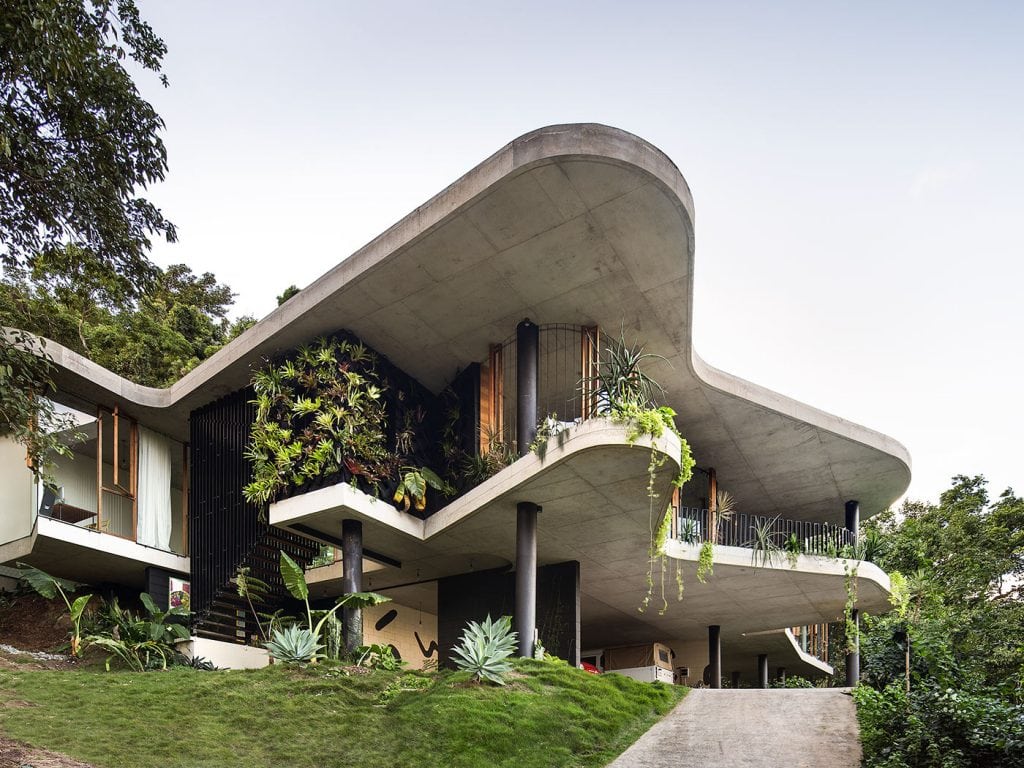

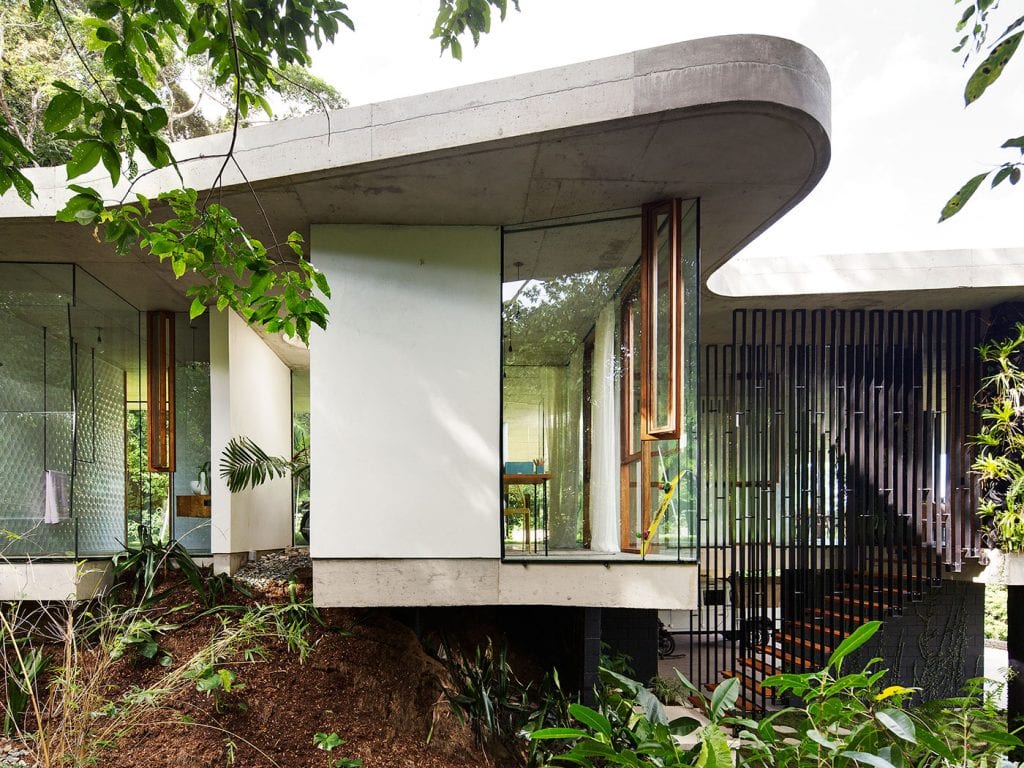
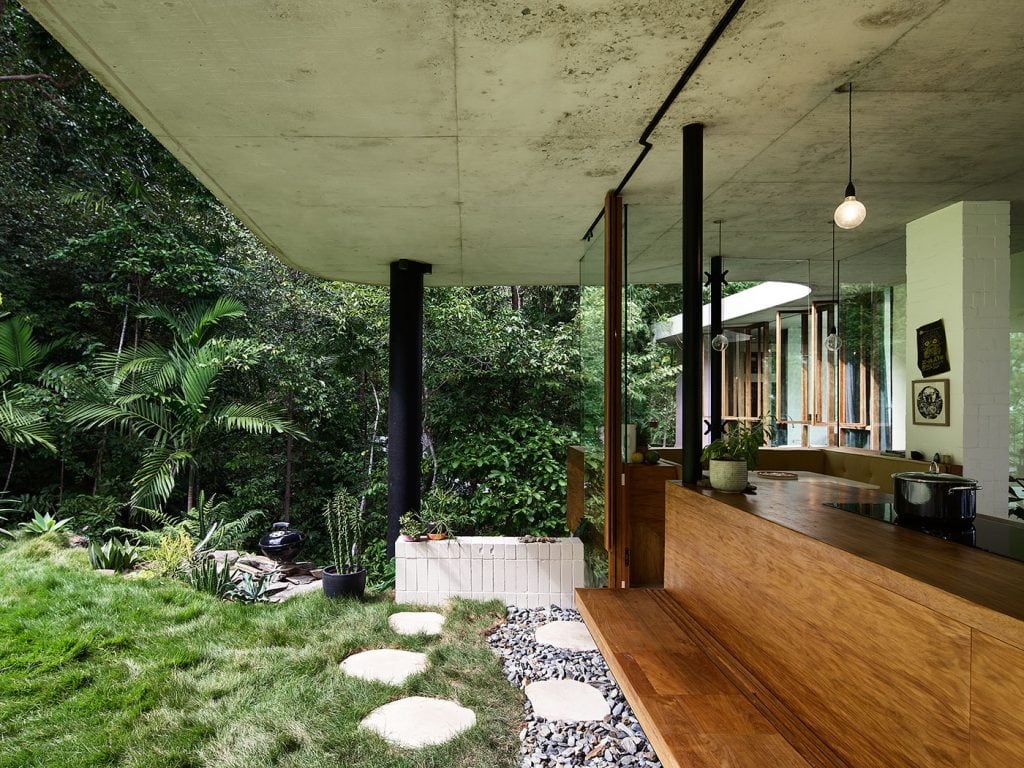

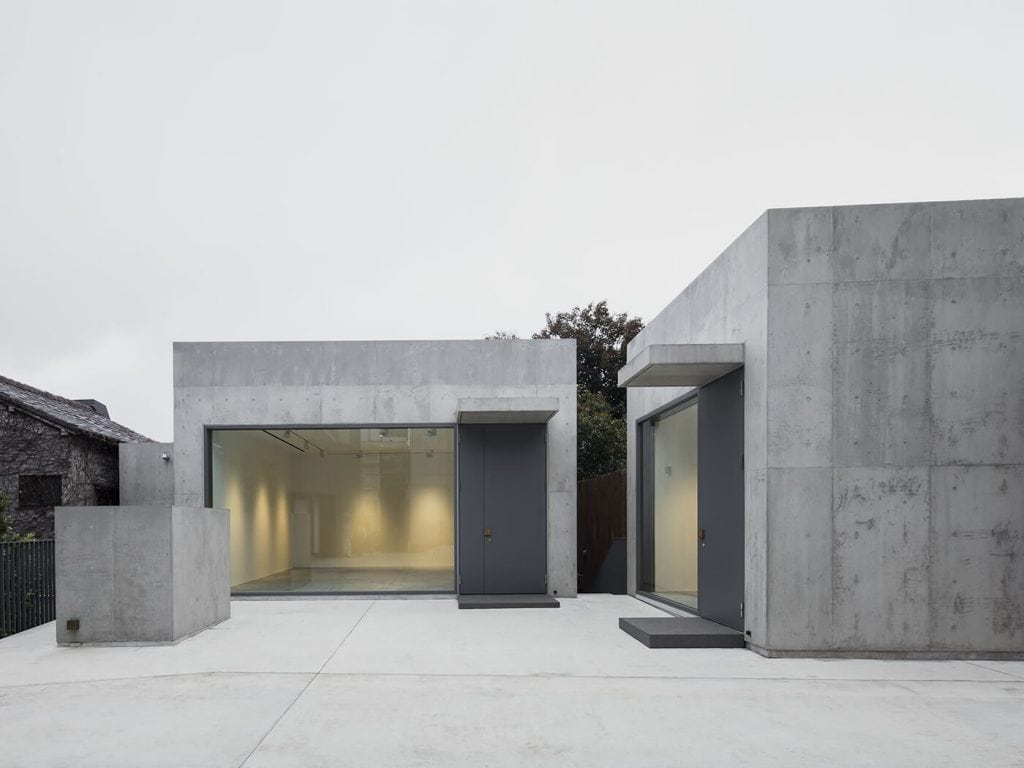
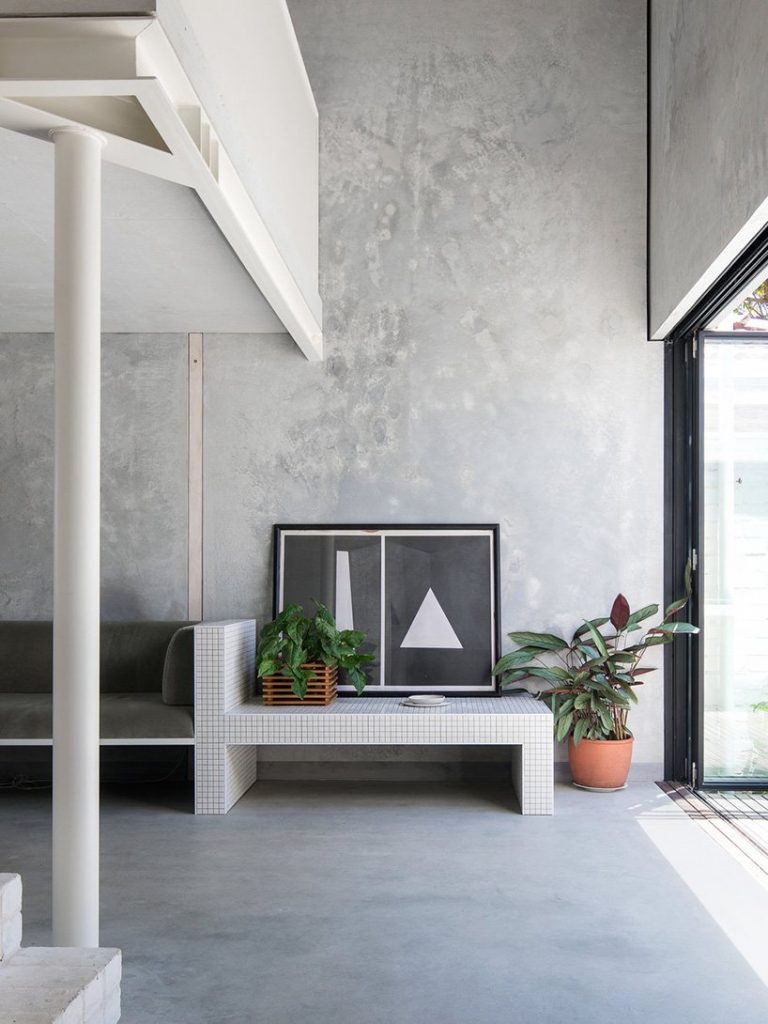
Images courtesy of Benjamin Hosking
Concrete Construction Methods & Options For Residential Houses
Concrete homes can be built in a number of ways. We are clearly partial to concrete and steel homes construction but there are many choices available.
The most popular options include:
#1 – Block
Block, or masonry, is the most common method. To build these homes, masons stack walls with mortar and place rebar and grout cells as required by engineering. Stucco is typically applied to the block surface.
Workers then fur interior walls with 1-inch straps, which are treated much in the same way as a frame wall. Electrical cable and insulation are placed between the straps, and wallboard is fastened on top.
In cooler climates, thicker insulation is installed. In some cases, new foam board systems are installed on top of the surface to provide high insulation and studding.
#2 – Precast
Precast homes are the “modular” homes of the concrete world. They are built in a climate-controlled factory and shipped to the home site. Cranes are used to set the panels in place, and workers bolt the pieces together.
Precast panel homes are normally cast with a layer of foam and an attached strap or stud every 16 inches. Depending on the manufacturer, conduit may be pre-installed for the home’s electrical lines. If the conduit is not pre-installed, chases may be cut into the foam and wallboard may be attached to the surface.
A number of exterior options are available for precast homes, including stucco.
#3 – Insulating Concrete Forms (ICFs)
Insulating concrete forms, or ICFs, are hollow foam blocks that are stacked in the shape of exterior walls. These blocks are filled with reinforced concrete, and the foam stays in place to provide insulation.
On the interior, workers cut electrical chases into the foam. Wallboard is then fastened to the straps.
Troweled exteriors are the most popular option with ICFs, but the straps that are embedded in the blocks also allow siding to be installed.
#4 – Removable Forms
Removable forms are handset concrete forms of the type used to build basement walls. These forms are assembled for the walls of the home. They are then outfitted with rebar, filled with concrete and stripped to create the home’s structural shell. The interior can then be furred or foam systems can be used for insulation.
Electrical lines are installed in chases in the foam or the conduit that was pre-installed in the forms.
With removable forms, the exterior is usually a troweled material, such as stucco.
How Much Do Concrete Homes Cost?
Homeowners often assume that building a concrete home will cost considerably more than building a conventional home. But ultimately, the durability, strength and efficiency of these homes makes them the more economical option. Let’s not forget that the indoor air quality in these homes is generally healthier, which may help homeowners save money on healthcare costs.
Concrete homes are also able to withstand the winds of hurricanes and tornadoes, adding further to the homeowner’s savings.
Constructing a concrete home is only slightly higher than a stick-built home, and in some cases, the cost is the same.
Modern Precast Concrete House Designs
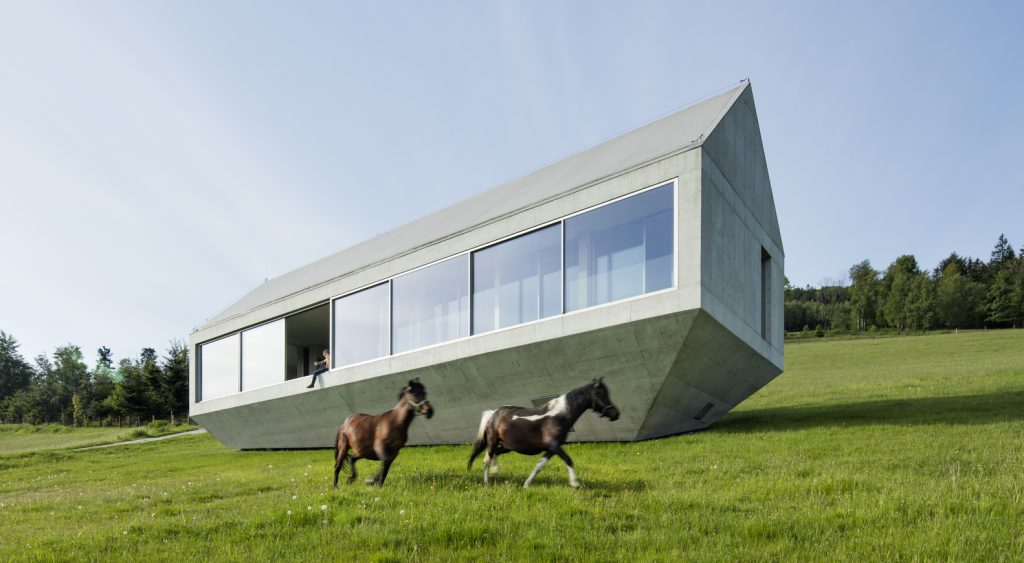

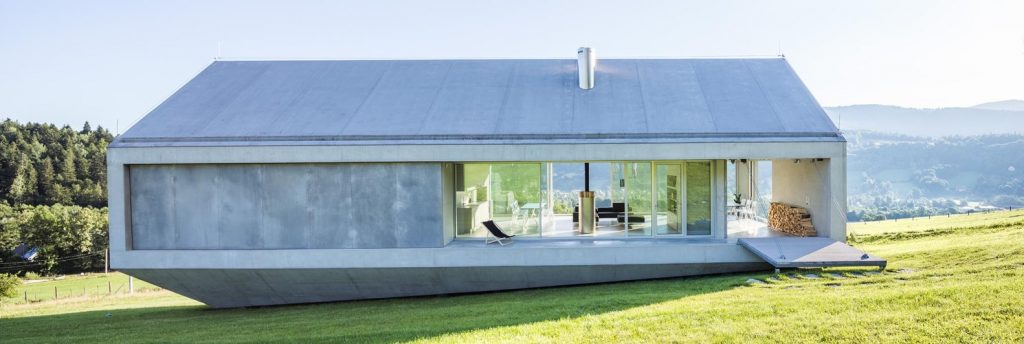

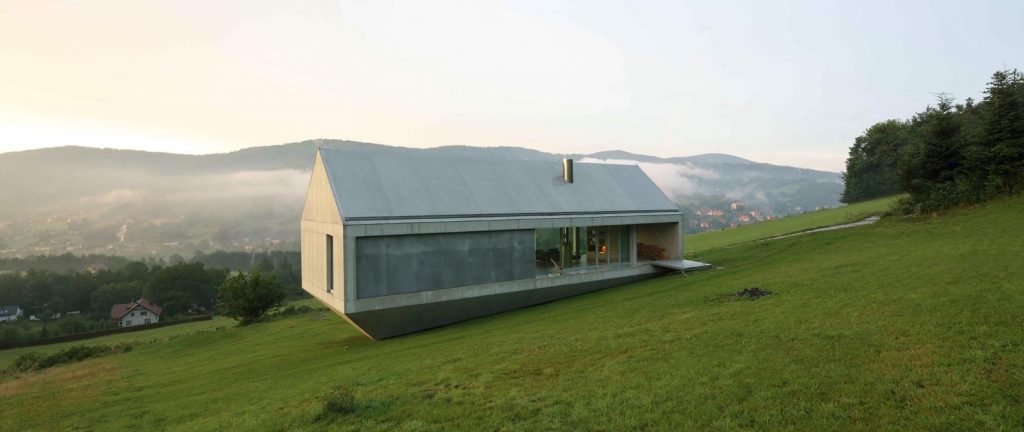


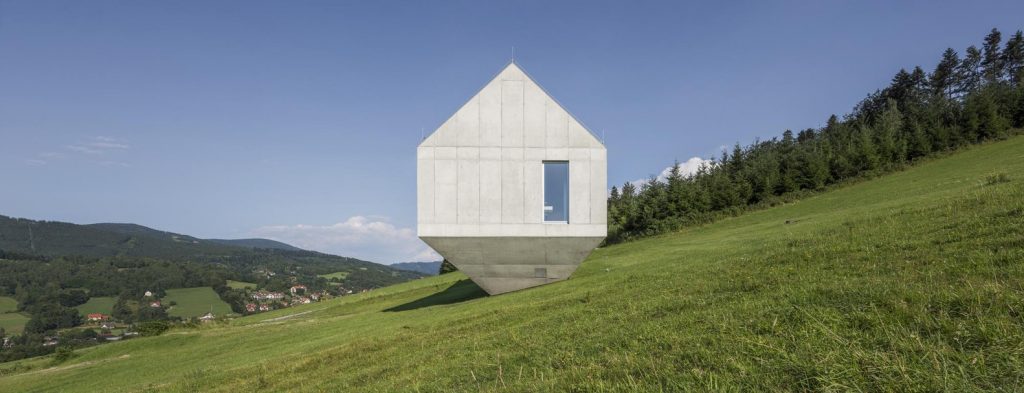
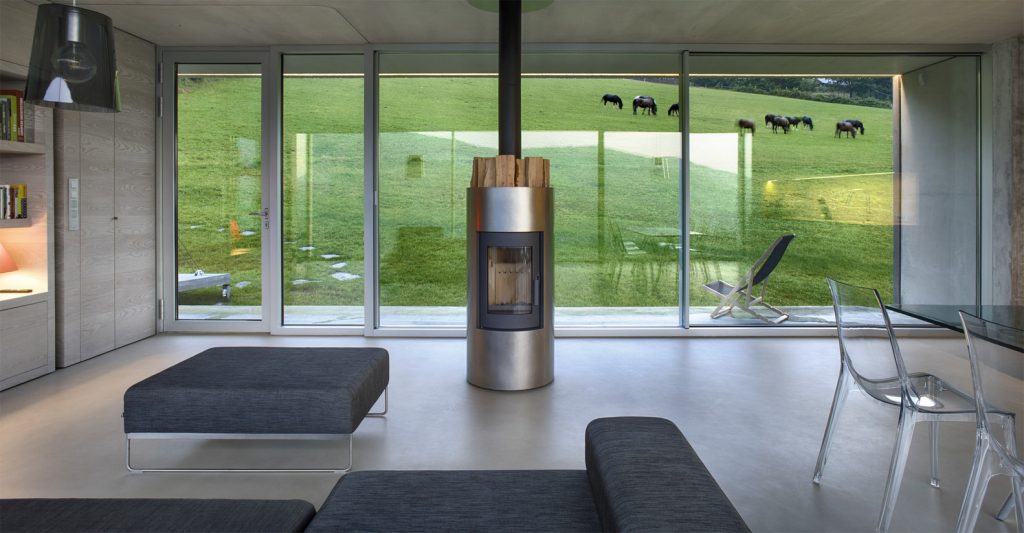
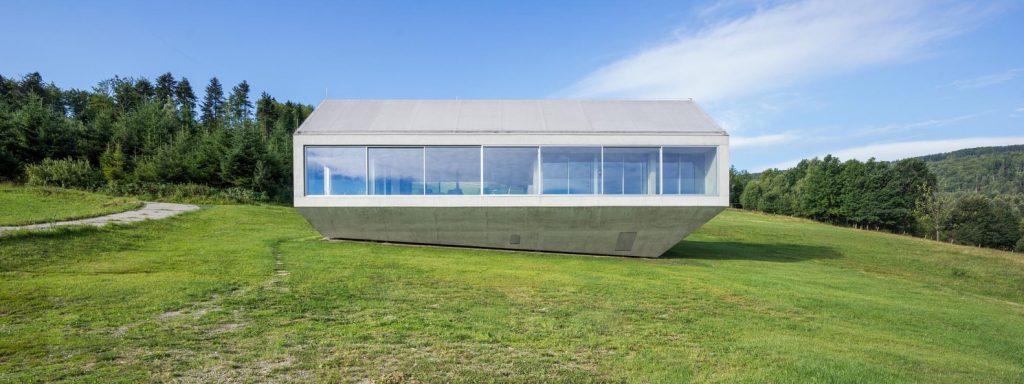

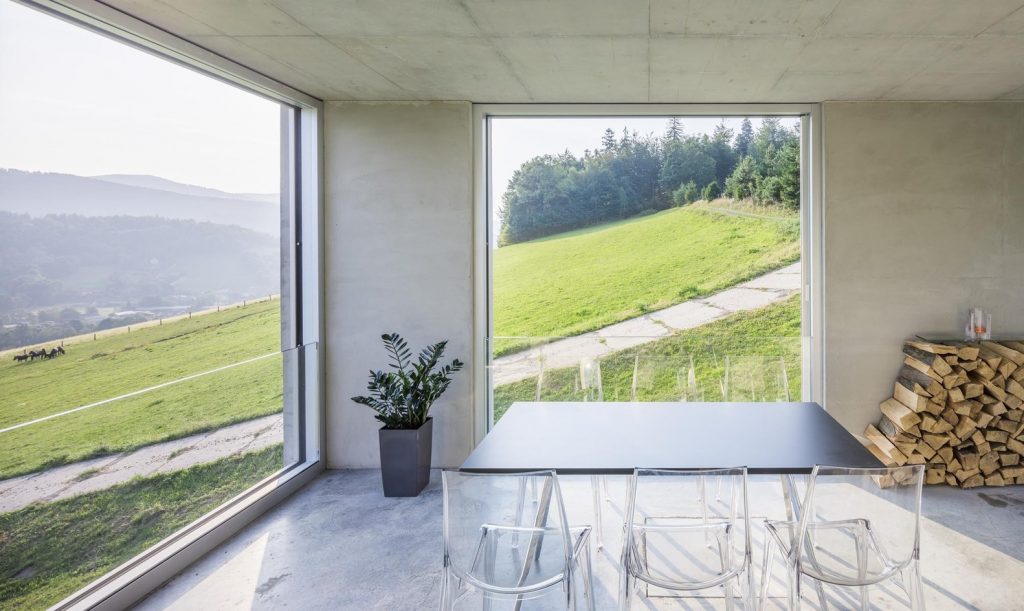

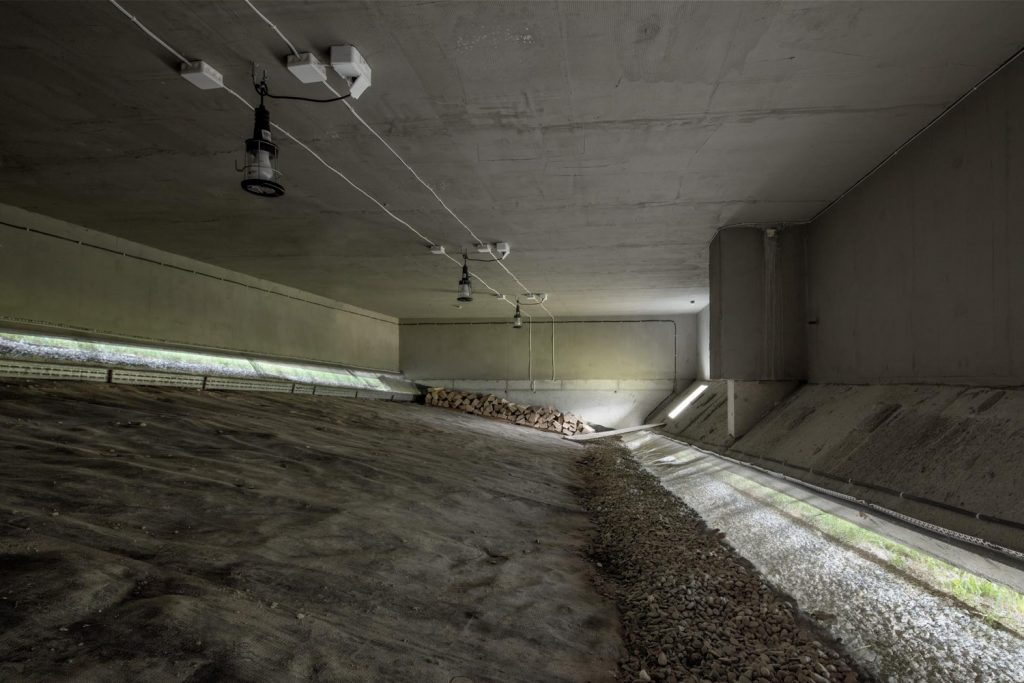
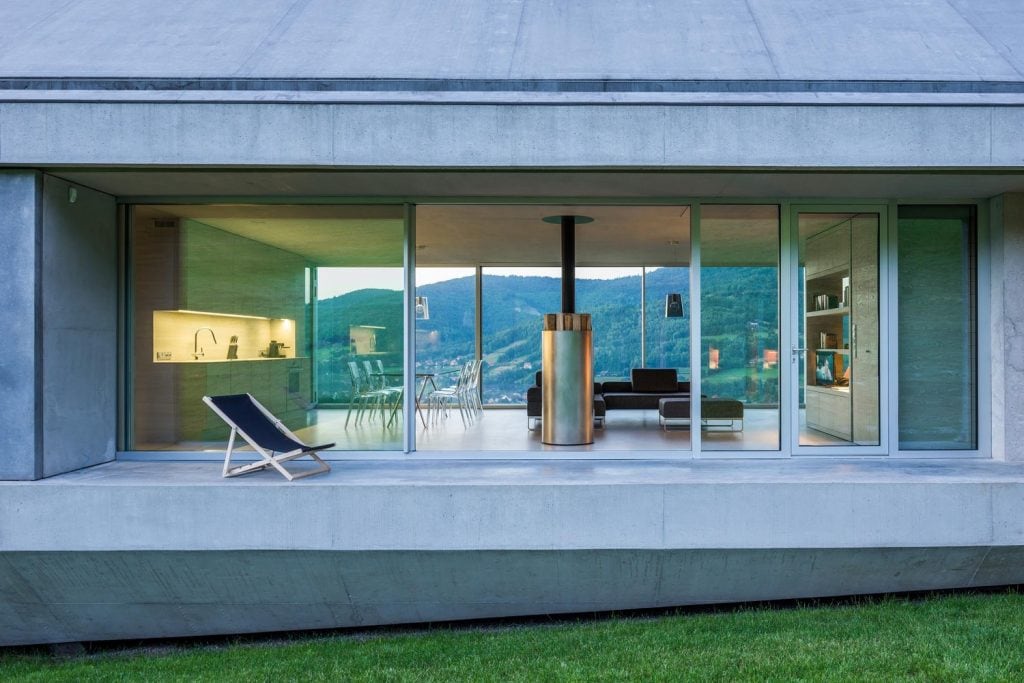

Images courtesy of © Jakub Certowicz
Like other alternative home options, there are precast concrete home designs (similar to modular homes) as well as prefab concrete home kits. These options give homeowners more flexibility and freedom to choose a home that meets both their needs and budgets.
Some manufacturers say homes can be built in as little as seven days with their kits. But of course, you’ll need to consider building codes and the finishing of the home.
Both two-story and ranch home options are available, and many designs allow for an abundance of natural light to enter the home to maximize efficiency.
There are a number of companies that offer precast designs and prefab concrete home kits. Designs range from traditional to modern and minimalistic.

